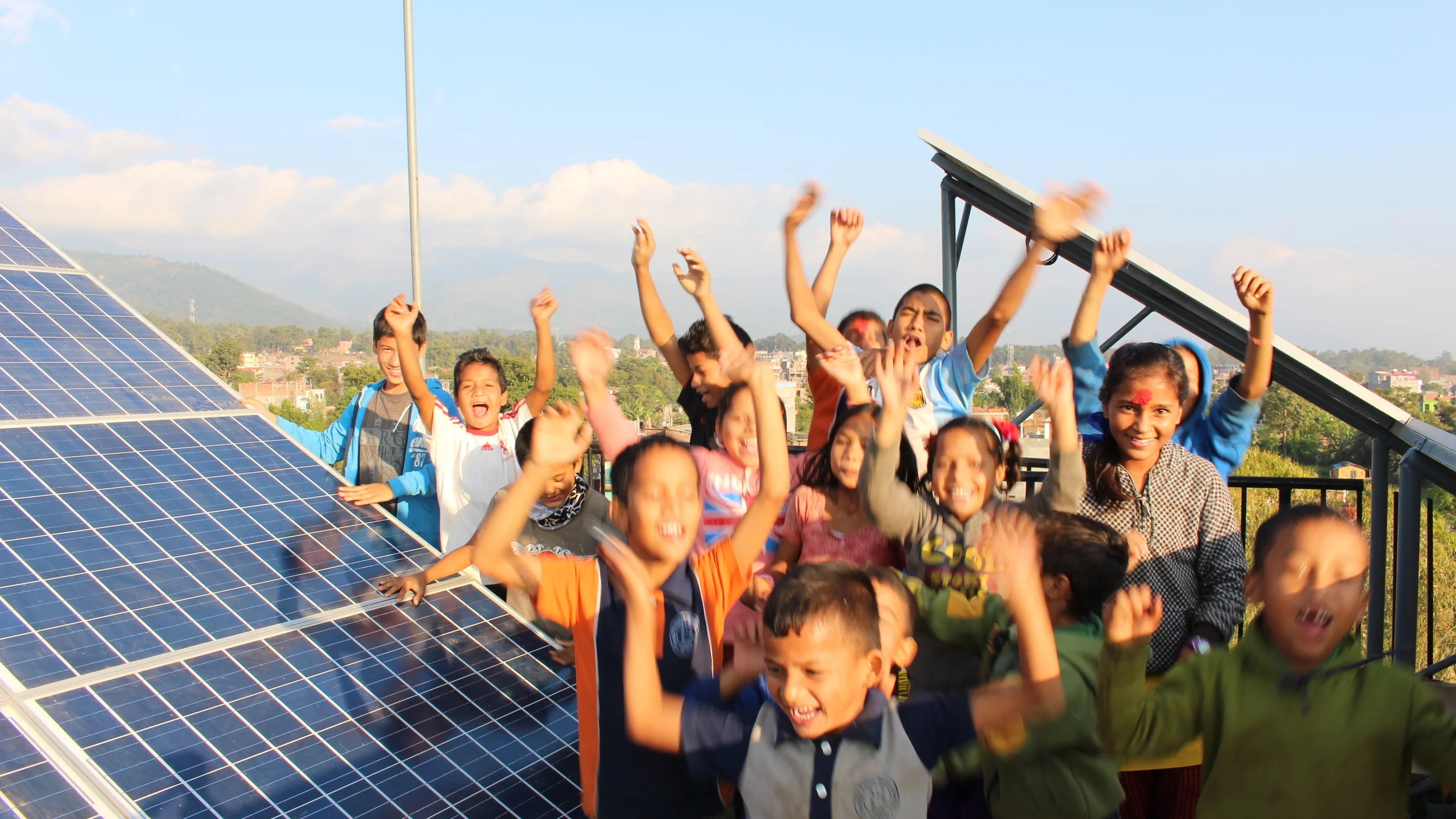Children at Kopila Valley brushing their teeth.
Kopila Valley Children's Home
Since 2010 the Kopila Valley Children's Home has grown from a single room to a three-story beacon of education, inclusion, and empowerment that is home to over 50 children.
In 2006, 19-year-old Maggie Doyne was backpacking through Surkhet Valley, Nepal.
In the same valley, 7-year-old Hima spent her days crushing rocks and rooting through garbage to find things to sell. She had never been to school, and was living from meal to meal.
7-year-old Hima | photo courtesy of blinknow.org
Touched, Maggie fronted the $15 required to enroll Hima into a primary school, paying for her tuition and school uniform. But she saw dozens of other children like Hima, many without parents to care for them, barely surviving, and she knew she couldn’t stop with one child. Maggie’s parents wired over her entire life savings – $5,000 of babysitting money – and she got to work building a school to serve children like Hima.
Eight years later, Maggie is the adopted mother of over 40 children, and the school she built has expanded to include a children's home, health clinic, and women's education and economic empowerment center, with a high school currently under construction.
Kopila Valley’s remote location and growing need for technology and electricity make it the perfect candidate for clean solar energy. Diesel fuel for their generator is expensive and unreliable, and Maggie and the team need electricity to light the home and school, power fans, charge computers and phones, and operate kitchen equipment. SunFarmer teamed up with Kopila Valley to bring a 4,000 watt solar system to Surkhet.
Maggie Doyne in 2014 with over 35 of her adopted children. | photo courtesy of blinknow.org




